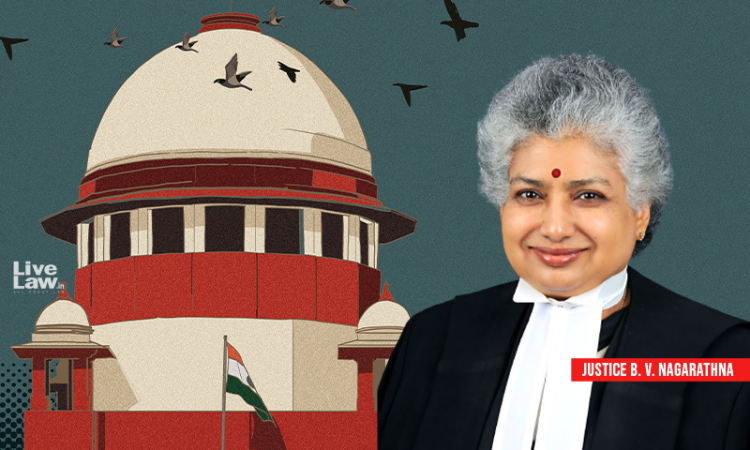Common Man's Predicament Due To Demonetisation Stirred Me, So I Had To Dissent : Justice BV Nagarathna
Anmol Kaur Bawa
30 March 2024 7:07 PM IST

If 98% of the demonetised currency came back to the RBI, how did the decision achieve black money eradication, asked the judge.
Next Story


